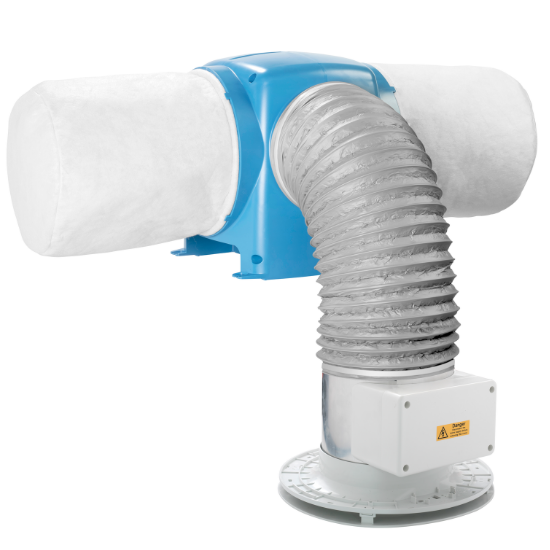
What is Indoor Air Pollution
IAQ Also referred to as poor indoor air quality, is the term used for the build-up of harmful pollutants in the home that has a negative effect on health and wellbeing.
Indoor Air Pollution
A grown adult requires more than 10,000 litres of air every day, breathing approximately 20,000 times. We spend up to 80% of our time indoors and indoor air can be up to 50 times more polluted than outdoor air, so achieving good indoor air quality is now more important than ever.
There are many pollutants present in the home, generated from simple, everyday activities like cooking with gas, spraying cleaning and beauty products, and even using air fresheners. Without adequate ventilation, these pollutants remain trapped inside the home where, over time, they can have a serious impact on our health. Long-term exposure a damp environment or polluted air is linked to serious health conditions including asthma, respiratory infections, lung disease and heart disease. So what are the main pollutants found in most homes?
The Causes of Indoor Air Pollution
Source: Excess humidity caused by a lack of adequate ventilation. Effects: Encourages mould spores to germinate and dustmites to breed, exacerbating allergic and asthmatic symptoms and increasing respiratory infections.

Drimaster-Eco
Improving Poor IAQ
The most energy-efficient and effective method of preventing condensation and cleaning up your indoor air in existing homes is Positive Input Ventilation. Nuaire invented this strategy back in 1972, and 50 years on it is the most effective method for ventilation existing homes.
The Drimaster-Eco range works by providing a continuous supply of fresh, filtered air into the house through a fan mounted in the loft. The gently warmed air enters the home through a circular ceiling diffuser, creating a positive pressure effect that reduces humidity levels and forces out air pollutants, improving indoor air quality and helping to minimise the entry of harmful Radon gas. Drimaster-Eco features large-surface G4 filters which are capable of capturing pollen, traffic particulates and other external pollutants before they enter the home.
The Drimaster-Eco PIV range also tackles poor indoor air quality through a range of wireless sensors and switches that respond automatically to changing CO2 and relative humidity levels, ensuring the best possible air quality.
